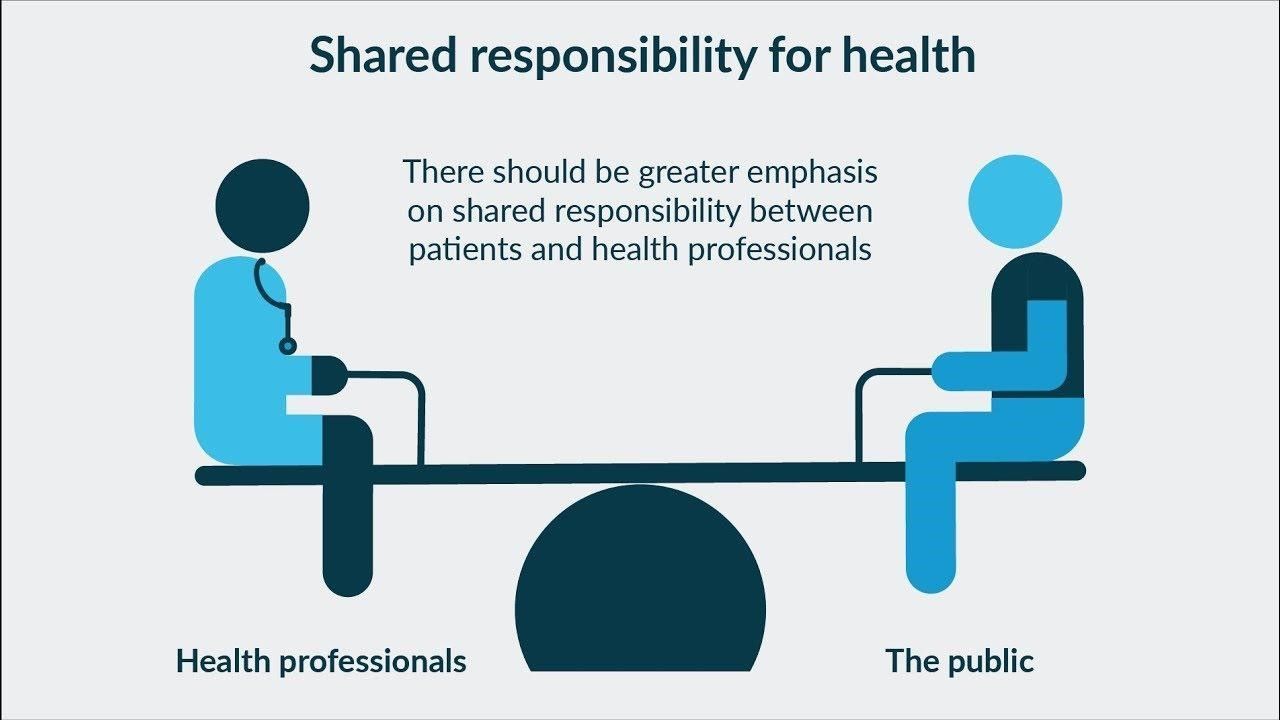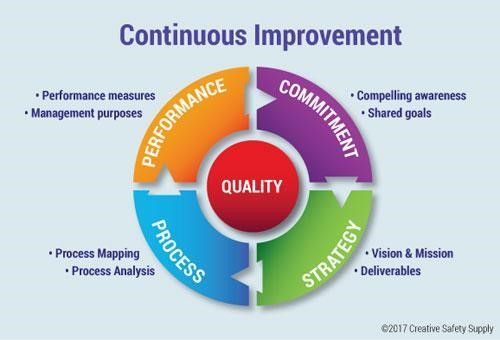Pivoting from a System centric to a community driven mindset for continuous care
More quickly than ever before, the healthcare industry is changing. The models of care are altering. In order to reduce costs and improve outcomes, governments strive. The demand for new criteria for reimbursements is coming from insurers and other organisations.
As the emphasis on community-based care has shifted, doctors and other providers are looking for ways to improve patient participation.
Considering health from a wider context and angle is necessary since it is influenced by a complex interplay of physical, social, economic, cultural, and environmental aspects. Health care professionals, patients, and their families, as well as carers, must work together effectively to deliver holistic care.
To respect people's rights, choices, needs, and preferences for getting information and care, health care services must be planned, structured, and provided in this manner. Today's health care systems face difficulties in a number of crucial areas, including;
- The ubiquity and incidence of chronic illnesses
- Care needs for the ageing population
- both the cost and the inflation of health care
- Cost of labour in the health care industry and keeping and attracting talent Organizing pertinent and efficient health care education and training
- Managing consumer and societal expectations and attitudes
A model of community-based healthcare function in light of these considerations? Will it be enduring? There are strong arguments in favour of its application.
In that various types of information from throughout the healthcare continuum is automatically gathered, safely kept, and conveniently accessed from one centralised location, a healthcare information platform is quite similar to a client data platform. Healthcare data analytics platform are very good approach for the analysis.

A community-driven continuous care approach that puts the needs of the patient first will likely have advantages in the future, as we can see. In this type of care model, it is possible to support a patient by simply involving the community, which may include your neighbour down the street, your neighbourhood pharmacist, your family members, and a purpose-driven tele health network that can quickly connect medical professionals for value-based care delivery.
While a distress signal can swiftly alert the doctor and the emergency services, your neighbour next door can assist you right away if you follow a straightforward routine.
Concept of continuous care model: One of the concepts that Ahmadi has in mind for individuals with persistent coronary artery disease is the "continuous care model." 15 The goal was to develop and maintain a dynamic, adaptable, and ongoing relationship of care between the nurse and the patient in order to improve the patients' quality of life.

Components of this Continuous care model:
The patient is the ecosystem's major focus
Following are the eight patient-centric care aspects that have become crucial global drivers of service quality measurement as the patient assumes the centre of the ecosystem:
- Honoring the patient's values, tastes, and expressed needs
- Care synchronisation and integration
- Education, communication, and information
- Feeling comfortable
- Emotional assistance
- Participation of friends and relatives
- Transition and consistency
- Access to healthcare
Exchange of Patient Data: As required, patient consent should be obtained before sharing any patient data. Healthcare applications and platform providers will allow the exchange of healthcare data in a consistent and secure manner like FHIR as the industry strives for greater standardisation

One of the most vital elements is virtual care: Community care strategies will be relying on integrated care models where virtual care and home care approaches will address the demands of the community oriented care as virtual care takes center stage.
Community involvement requires training: More enrollments and awareness are required to support a community care approach in order to achieve 100% community engagement results. This indicates that the duties will be distributed and that they must be acknowledged. A number of community-driven care programmes will develop their business models, starting with holding seminars and ending with registering the carers and supporters. As the communities begin to interact, a great deal of information and insights will be relayed to the research communities, fostering the demand for evidence-based training programmes.

Programs of Incentives for Community Health Workers
The community health frontline staff are highly motivated by incentive programmes. Incentive systems that are value-driven will make it easier for healthcare workers to move quickly through the system as they connect hospital care with home care.
Individual and Family Health Insurance (CBHI)
In order to encourage patients who require care, community-based health insurance (CBHI) programmes will develop with more preventative care plans, home care payment, and telehealth reimbursement. Community members have historically driven Community-based health insurance (CBHI) plans to stay voluntary and fund-pool in order to balance the expense of healthcare. Potentially, this will lead to expanded hospital and community care collaborations with the straightforward objective of enhancing patients' quality of life.
Programs of Incentives for Community Health Workers
The community health frontline staff are highly motivated by incentive programmes. Incentive systems that are value-driven will make it easier for healthcare workers to move quickly through the system as they connect hospital care with home care.
Individual and Family Health Insurance (CBHI)
In order to encourage patients who require care, community-based health insurance (CBHI) programmes will develop with more preventative care plans, home care payment, and telehealth reimbursement. Community members have historically driven Community-based health insurance (CBHI) plans to stay voluntary and fund-pool in order to balance the expense of healthcare. Potentially, this will lead to expanded hospital and community care collaborations with the straightforward objective of enhancing patients' quality of life.
The emphasis on measuring outcomes and value-driven continuous care
It has been found that continuous care models will boost patients' adherence to their therapies. Community care has always resulted in higher patient adherence to therapies, regardless of whether it is a cardiac rehabilitation programme, another type of support for mental health, or lifestyle improvements.
Utilizing data and AI to forecast interventions and results
Data and AI are essential for forecasting the necessary interventions and outlining the dos and don'ts in a particular circumstance. Care delivery may be made more effective in all areas, from accurately forecasting the diagnosis needed in a particular circumstance to forecasting the results of care.
This continuous care model's use of technology will boost patient confidence while also making doctors' daily lives easier and preventing fatigue. Additionally, the science community can interchange such data from the care services platforms to hasten the completion of studies.
We can go for Health data interoperability software, Healthcare interoperability is the capacity of various medical software systems to exchange and use data without significant user effort. Hospital healthcare software systems are built on interoperability solutions, which allow various platforms like electronic health records, laboratory management, patient management, and so forth to function together effortlessly. As well as is Healthcare Integration Software for betterment.

Conclusion:
The following factors must be taken into account in order to advance meaningful systems integration with community-based care:
Explanation of the service's scope
Defining the scope of the service; potentially focusing volume in a few, well selected, concentrated places A approach to conduct a trial covering a specific area first before expanding with the required alterations may be through piloting. Coordinating care across locations to ensure continuity. This necessitates a model with some dynamism and adaptability.
Any community-based care model needs cooperation from all stakeholders, including the public, private sector, developers, and the health sector. Each of these organisations is crucial to the implementation of a community-based care model that is optimal.
Future healthcare will place increasing emphasis on primary, preventative, and community-based care. As in certain rapidly ageing nations, it pays for nations and states to investigate these early, even before many have crossed the crucial threshold for joining the silver tsunami.
Throughout each chapter or stage of life's journey through health and disease, different sensibilities and styles of care delivery are needed. The greatest way to handle the terminal stage, when death is certain and close at hand, is with more care and support—not just physically, but also mentally and spiritually.
The proper model guarantees that patients receive the proper care from the proper team, at the proper time, in the proper location.




